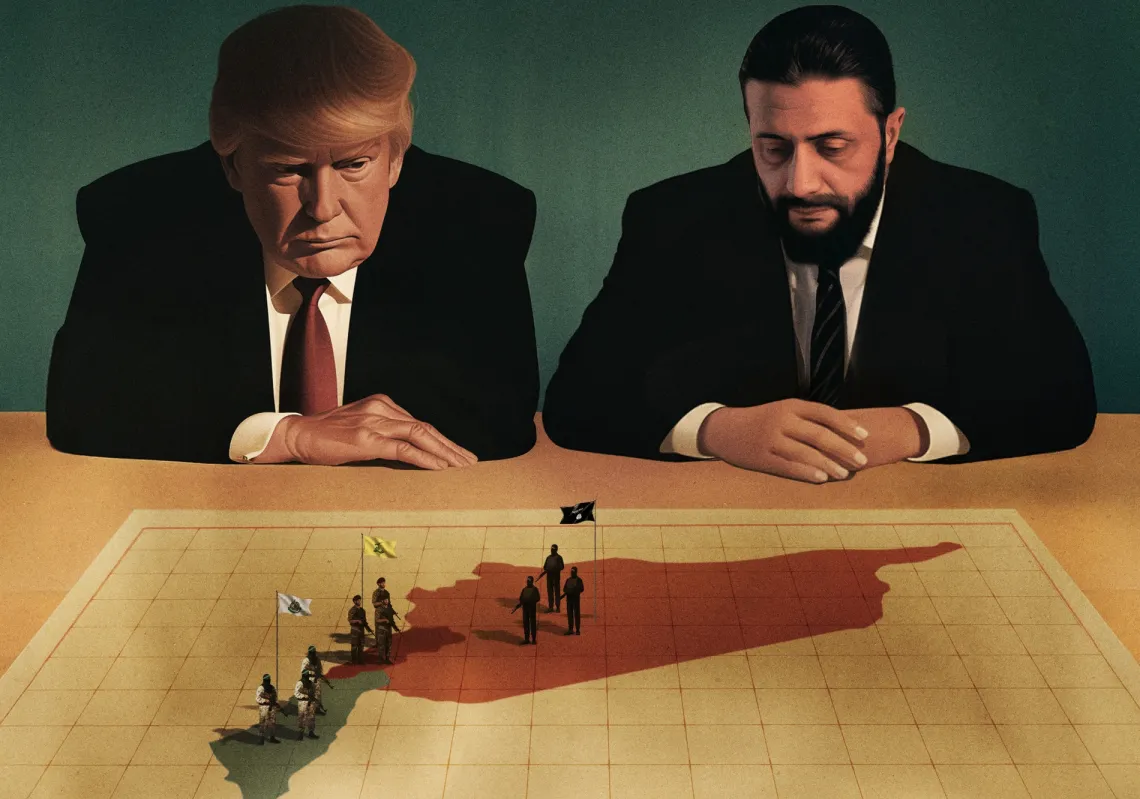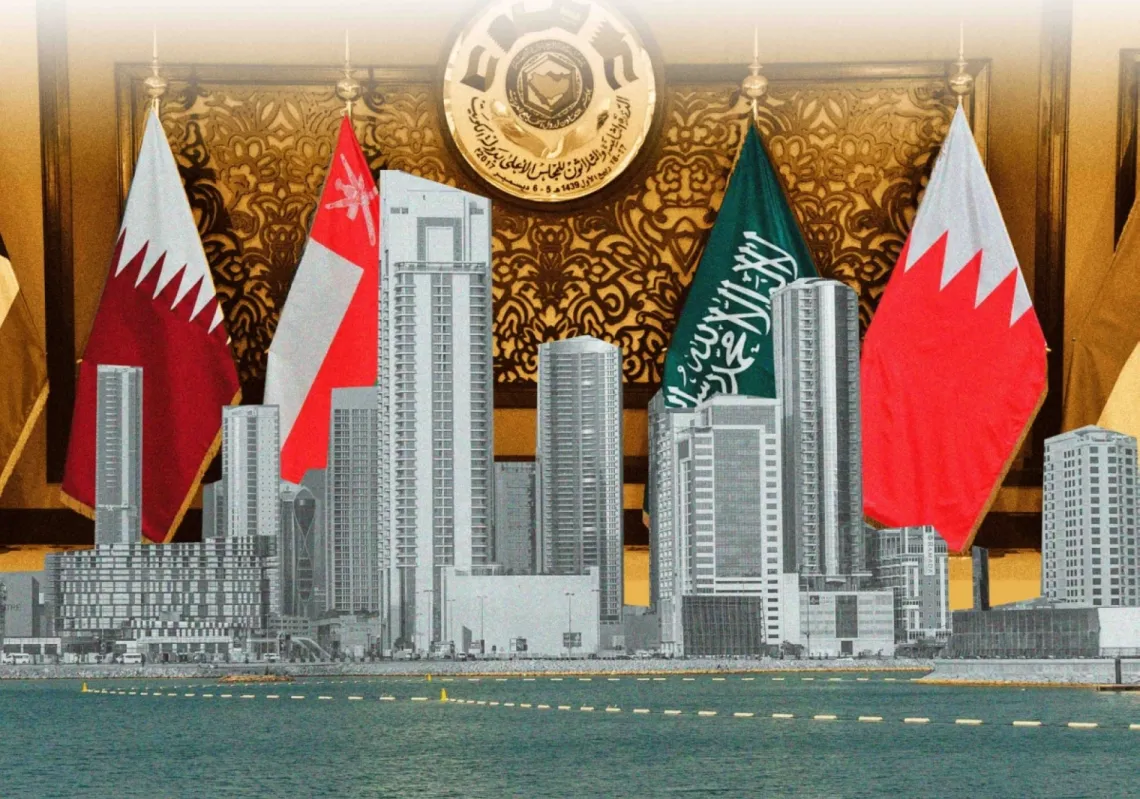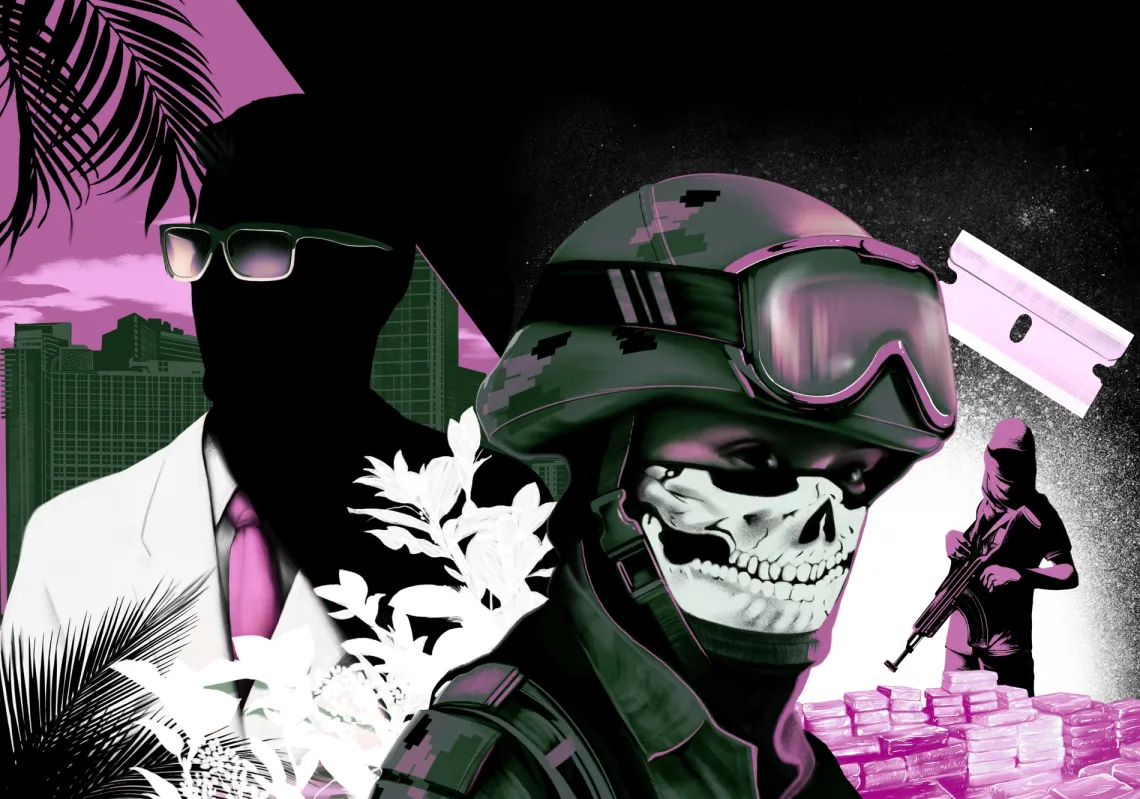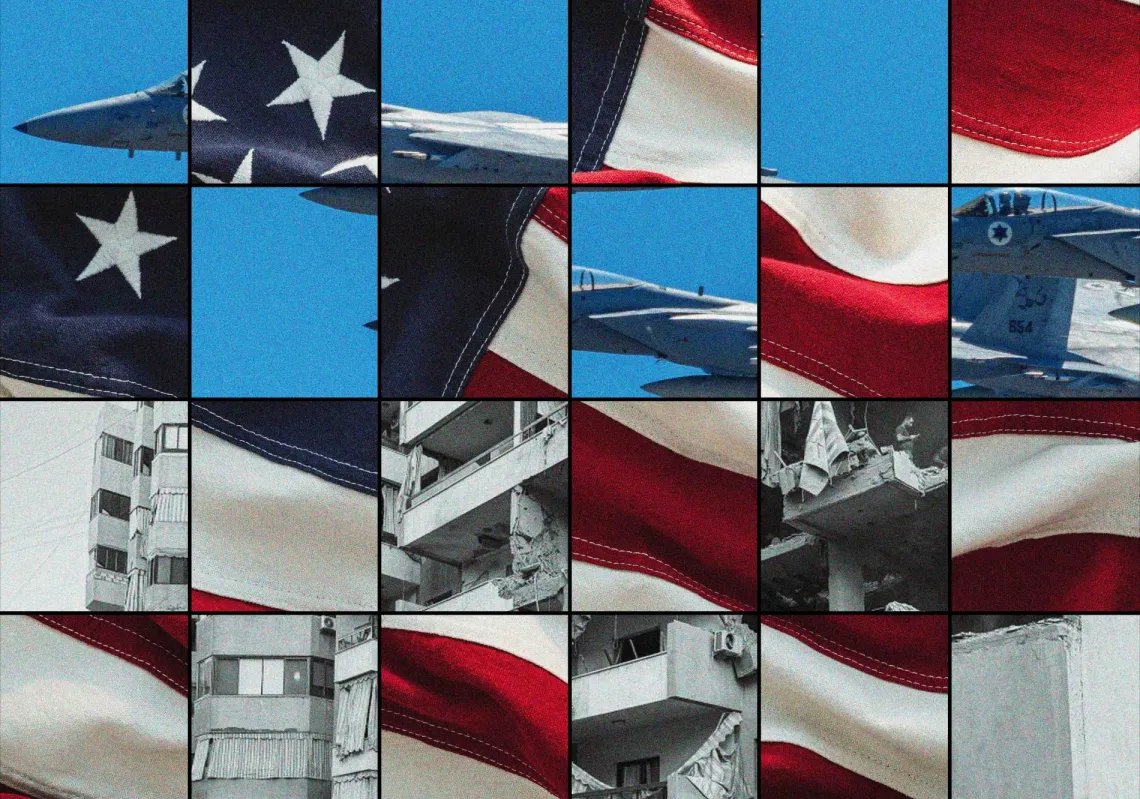 A rebel fighter of the Free Syrian Army, cleans his weapon in an underground shelter in the town of Maarat al-Numan, Syria.[/caption]The front pages of the world’s major newspapers and the coverage of satellite news channels and websites have been dominated by stark footage and images of the fighting in Syria every day: tanks rolling down streets and across the countryside, aircraft falling in flames, soldiers and rebels locked in combat, bloodied bodies pulled from the rubble of what were once homes, a steady stream of wounded and dead civilians, and devastated streets. Behind these tragic scenes lies a complex and evolving battlefield, with both sides trying and failing overcome the resistance of the other.
A rebel fighter of the Free Syrian Army, cleans his weapon in an underground shelter in the town of Maarat al-Numan, Syria.[/caption]The front pages of the world’s major newspapers and the coverage of satellite news channels and websites have been dominated by stark footage and images of the fighting in Syria every day: tanks rolling down streets and across the countryside, aircraft falling in flames, soldiers and rebels locked in combat, bloodied bodies pulled from the rubble of what were once homes, a steady stream of wounded and dead civilians, and devastated streets. Behind these tragic scenes lies a complex and evolving battlefield, with both sides trying and failing overcome the resistance of the other.
As the fighting continues, it has become the received wisdom that the future of the country will continue to be dominated by violence and bloodshed. Each side has shown their determination to crush the other; despite political and diplomatic moves to resolve the fighting, it seems clear at present that it will only end with the decisive military defeat and collapse of the government or the rebellion against it.
If the military situation is the one that will define Syria’s future, the reasons that a stalemate has endured need to be reassessed in the light of the recent announcement that Syria’s fractious rebels have formed a new leadership body that has been recognized by several Arab and Western states as well as Turkey, and the news that the UK and France are willing to ‘reconsider’ the issue of arming the rebels.
The balance of power
The consensus among global media reports on the situation in Syria is that there is a military stalemate between the two sides, even though one has the full resources of a state at its command, while the other is a collection of disparate rebel groups. In reality, however, both sides face the problems that bedevil all military forces in wartime: supply and logistics.
The rebels, for the most part, are armed with nothing more than small arms—meaning Soviet-era Russian assault rifles, machine guns and anti-tank rocket-propelled grenades—though some recent attacks against government facilities in Damascus have reportedly made use of mortars, and elsewhere they make use of an occasional captured tank. As many of the weapons in rebel hands were bought, stolen, or captured from the Syrian military, the rebels can supply themselves by capturing government arsenals and stripping defeated army units of ammunition. The continuing instability and unrest in neighboring Iraq is also a bonus for the Syrian opposition, enabling them to lay their hands on weapons left over from the collapse of Saddam Hussein’s government and the subsequent insurgency against US troops, especially as the Iraqi military was also equipped mainly with Russian weaponry.
There is evidence that some Gulf States are channeling arms and ammunition to the rebels, and with ever-larger areas of Syria—including some border regions—outside of government control, the rebels will likely be able to bring in enough arms through Iraq, Turkey, and Lebanon to keep the fighting going as long as necessary. The supply of arms to the rebels is reported to be uneven and at times erratic, however. Free Syrian Army (FSA) soldiers periodically complain to journalists that they have limited supplies of ammunition, and a recent International Crisis Group report stated that some rebels were pretending to be radical religious jihadists in order to secure weapons and ammunition from foreign benefactors.
The rebel fighters themselves reflect the nature of the uprising against Assad’s government as something resembling a popular revolution. The fighters operate in relatively small, self-organizing groups of different sizes, composed of a mixture of defectors from the Syrian army and ordinary people (frequently poor, rural Sunnis) driven to take up arms for ideological or personal reasons, with a smattering of Islamist militants with combat experience in Iraq and elsewhere. Groups of rebels vary a great deal in terms of their size and capabilities. Despite attempts to direct their operations from abroad and push them to cooperate, for the most part the groups remain uncoordinated and without a large supply of effective anti-tank and anti-aircraft missiles. Even if they did receive these weapons, they would likely require training from Special Forces troops from sympathetic countries in order to use them properly.
In contrast, the government of Bashar Al-Assad has all the paraphernalia of a conventional, modern army, ostensibly armed and equipped to take on Israel. On paper, the Syrian armed forces are a formidable opponent, possessing combat jets, tanks, and artillery—again Russian in origin—and a pre-uprising strength of around three hundred thousand men, with hundreds of thousands more reservists.
[inset_left]On paper, the Syrian armed forces are a formidable opponent, possessing combat jets, tanks, and artillery[/inset_left]
Nonetheless, the Syrian government has been unable to crush its armed opponents outright, despite its conventional superiority. Its most sophisticated weapons, like its hi-tech MiG-29 fighter jets, were purchased with an eye towards fighting Israel rather than suppressing a domestic insurgency, for which they are less useful. Maintaining combat jets and tanks and preparing to fight is a difficult and expensive task in terms of fuel, ammunition, and basic maintenance, limiting the time they can spend in action. The Institute for the Study of War estimates that the Syrian Air Force can keep no more than 30 percent of its total inventory of aircraft operational at any one time. The arms embargo in place also makes it nearly impossible for the government to replace any losses of this kind of equipment. As a result, air attacks are mostly carried out by unsophisticated aircraft usually used for training pilots, which are simpler and cheaper to operate but carry a much smaller payload of bombs and rockets. As the US military and its allies have learned to their cost in Iraq and Afghanistan, the most useful weapons when fighting insurgents are not always the expensive, hi-tech, and complex equipment used for high-intensity warfare against conventional foes.
The aircraft that are arguably even more useful to the government, its 30-odd Russian ‘Hind’ attack helicopters, are also a liability in some ways. New York Times reporter and former US Marines officer C. J. Chivers has reported from Syria on the problems faced by the government in using them against the rebels, despite their lethality. Helicopters are notoriously difficult to maintain, and he reports that as a result, “estimates are that only half the fleet can be used at a given time, with some helicopters cannibalized for spare parts.” While the government’s larger fleet of transport helicopters can be retrofitted with weapons, they are also prone to the same mechanical problems. Helicopters also typically fly at very low altitudes—unlike jets—making them vulnerable to machine gun and rifle fire. Syrian rebels have shot down several, if footage posted on various social network sites can be believed. In response, air attacks now seem to be taking place from higher altitudes, with a corresponding lack of precision, leading to more civilian casualties and indiscriminate destruction.
Despite these problems with its aerial units, the Syrian army has shown signs of strain, but not of breaking down or switching sides en masse. The current president’s father and predecessor, Hafez Al-Assad, came to power through a military coup, and carefully restructured the armed forces to prevent this from happening again. Syria’s security services (which are still intact) monitor the military closely, and many soldiers fear reprisals against their families if they defect to the opposition, as Michael Stephens, a Qatar-based analyst and researcher at the Royal United Services Institute (RUSI), a think tank that specializes in military and security issues, told the Majalla. He also believes that the strain of fighting the rebels has compromised its military effectiveness: “They are now churning out recruits after 38 days of training. There is going to be a quite noticeable downshift in terms of the army’s ability to fight.”
Nonetheless, the loyalty of the armed forces is not entirely reliant on coercion. The upper ranks of the military are dominated by Alawites, and the uprising has most likely caused large numbers of officers and soldiers whose loyalties are suspect to be sidelined, making the pool of military forces that the government can rely on smaller but more cohesive. Units like the Fourth Division, commanded by President Assad’s brother, Maher, have always been tasked with ensuring the survival of the regime, with recruits selected from amongst Syria’s Alawites and screened for loyalty. It has proven in the past to be reliable: it was one of the units that crushed the uprising in the city of Hama in 1982, and to date has been kept mostly in reserve around Damascus, says Stephens, though he says that one of its units, the 555th Airborne regiment, took part in the massacre at Daraya in August. A report by the Brookings Doha Center estimates that the government relies on a core of just over 20,000 Alawite officers, and points out that, as of last month, less than 10 of them are reported to have defected.
A civil war, but what kind?
In guerilla wars throughout history, the government has typically been able to control the towns and cities (while suffering urban bombing campaigns from rebel infiltrators and sympathizers), but was forced to fight the rebels for the control of the countryside and the roads linking the urban centers together. The situation in Syria is similar. The government has retained control in key areas and is able to project military force into others to attack rebels where they appear, but it lacks the overwhelming military strength to control the country completely. This is especially true in northern Syria, where the rebels have been more successful at contesting government control. Here, the Syrian army “is losing mobility,” says Shashank Joshi, a researcher and analyst at RUSI’s London branch. “The [government forces] are losing control of the roads. In a sense it’s more and more confined to outposts.” These have to be supplied by air, which places further strain on the government’s helicopters, he added, and limits the army and air force’s ability to bring their superior numbers and firepower to bear.
In a more conventional conflict, both sides fight it out for outright control over territory, trying to extend their own zone of control. This is also true in some ways of the fighting in Syria, with the rebels and the government each stronger in some areas than others. Aleppo is Syria’s largest city and commercial capital, and is hotly contested by both sides. Guerillas do not attempt to capture cities and territory, as the FSA has in the north, but instead avoid decisive battles until they are strong enough to win them and try to wear down the regime to the point of collapse. Several of the disputed areas control crucial supply lines for the Syrian government’s forces, particularly the Aleppo–Damascus highway. However, a major shift away from guerilla-style operations is unlikely, say analysts. According to Michael Stephens, the rebels lack the numbers to contest control of the country: “I don’t think they have the manpower to do that. Let’s say [the rebels] have 50,000 men, but Assad has nearly half a million.” They also lack tanks and artillery, or weapons to tackle those of the government’s forces. Mr. Joshi concurs with this assessment: “Where they have tried to move away from guerilla tactics they have failed,” he concludes, with the partial exception of the fighting around Aleppo.
[inset_right]A no-fly zone would certainly be able to shut down the operations of the Syrian Air Force, but this would be no guarantee of a change in the fighting on the ground.[/inset_right]
International intervention represents a wild card with unpredictable consequences, especially given the possible forms it might take. A no-fly zone would certainly be able to shut down the operations of the Syrian Air Force, but this would be no guarantee of a change in the fighting on the ground. As researchers Christopher Harmer and Joseph Holliday at the Institute for the Study of War note in a recent report on the air war in Syria, “The regime has primarily employed its aircraft in a punitive and retaliatory manner rather than a tactical role.” The effectiveness of Syria’s air defenses are also a source of dispute, and the costs of destroying them—in terms of aircraft shot down and pilots killed or captured—are also unclear, making Western governments (and particularly the US) reluctant to get involved. The attendant bad publicity of launching air attacks on another Arab country so soon after Iraq and Libya has also doubtless given NATO leaders pause, especially given the proximity of many Syria’s air defense sites to urban centers with civilian populations, and the inevitable collateral damage—even assuming all bombs or missiles hit their intended military targets.
The sinews of war
Ultimately, neither the government nor its opponents have the ability to fight and win either kind of war. The rebels are not currently organized enough to plan and wage a successful long-term national guerilla campaign, as opposed to several smaller regional ones, and lack the weapons to tackle government forces head on. The government, on the other hand, lacks the strength to extend its control over the entire country, and cannot deliver a decisive defeat to the rebels on the battlefield. Aside from the fact that there is no single rebel army to pin down and destroy, the government lacks the manpower and resources to simultaneously control its existing territory and recapture all the areas it has ceded to its opponents.
The stage is set for a bloody stalemate. Barring a dramatic external intervention—the consequences of which are far from predictable—or a reversal of all trends to date (perhaps with a decision from both sides to negotiate an end to the conflict), the issue will be decided when one side collapses. Given the relatively narrow social base of Assad’s regime, it is likely that it will be the government that collapses—but not any time soon.
One area where the government is truly vulnerable is the economy: as the Roman politician Cicero observed, “Endless money forms the sinews of war.” Bashar Al-Assad’s rule has proved to be surprisingly resilient, but its finances are far from endless. Syria’s economic problems—youth unemployment, a growing population, corruption, and declining oil revenues being only a few of them—were worrying before the uprisings. With the onset of civil war, the government’s need to buy off key sectors of the population, including the military and the security services, has taken on an added urgency. Sources of subsidy abroad are hard to find: most sources of Arab money are not sympathetic to the government, although it has not been frozen out of the financial system altogether. For example, some Lebanese banks are carrying out transactions for the Syrian government, according to RUSI’s Shashank Joshi. He added that Syria’s allies further afield are not lucrative sources of finance: “If Russia was financing Assad, it would have come out by now,” and Iran, an ally of Syria accused of supplying Assad with weapons and training for his armed forces, is facing its own economic problems. Opinions are divided as to the extent of Iranian support, financial or otherwise, for Assad’s government, but many believe that shipments of arms have made their way to Syria from Iran via Iraqi airspace, helping the Syrian government avoid paying black market prices for arms and ammunition.
Nonetheless, as the economy of Syria fragments under the pressures of war, the government’s revenue base will come under increasing strain. Unsurprisingly, prices across the country have been rising, with inflation running at 40 percent in some areas, according to the Economist Intelligence Unit. Reports have surfaced that the government is experiencing difficulties importing staple foods like wheat, even though these are not subject to sanctions.
As for ready cash, the CIA’s World Factbook gives Syria’s reserves of gold and foreign currency as almost US$15 billion in 2011, the last year for which figures are available. Some reports at the beginning of this year claim that the Syrian government was down to half of that figure, and was selling its gold reserves at a discount in order to raise revenue.
All of these facts paint a picture of a government crumbling, with its finances and the economic base of its power steadily eroding while its fortunes on the battlefield remain grim. However, with the survival of the government tied up so closely with the fate of the Alawite community and some others, its supporters are no doubt willing to endure a great deal of pain in order to keep it going and stave off a final collapse. Whatever the true state of the regime’s available resources and sheer will to endure, the thing that is most obvious is that they have not been exhausted yet, and much less obvious what their limits actually are.









